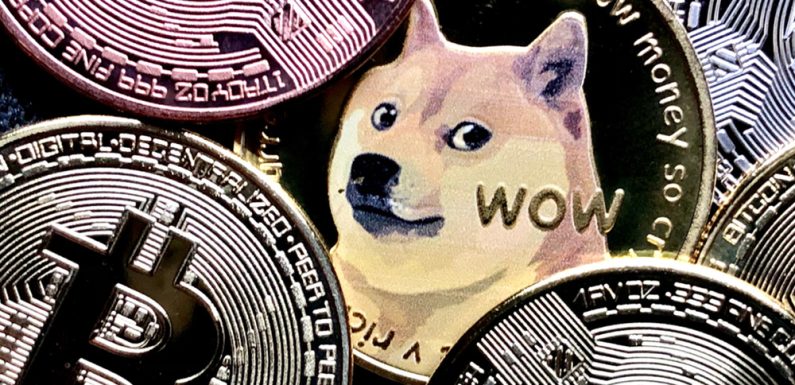
Plasma chains handle massive transaction volumes through sophisticated layer-two scaling solutions that batch multiple transactions before committing them to the main blockchain. These secondary networks create child chains that hold thousands of transactions per second and maintain security by checking in regularly with the parent blockchain. The architecture proves particularly valuable for meme coin trading, where rapid microtransactions and high-frequency trading create network congestion on primary blockchains. Recent developments in plasma technology have enabled efficient processing of high-volume trading events that little pepe memecoin presale activities, where thousands of participants simultaneously attempt to purchase tokens. The plasma framework prevents network bottlenecks by handling these surge events off-chain while ensuring final settlement security through the main blockchain infrastructure.
Layer two scaling fundamentals
Plasma chains operate as independent blockchains that periodically commit their state to the leading Ethereum network, creating scalability without sacrificing security. The child chain processes transactions locally using faster consensus mechanisms while relying on the parent chain for final dispute resolution and asset security. This hierarchical structure allows plasma networks to achieve transaction throughput that exceeds main chain limitations by orders of magnitude. The economic model of plasma chains makes them particularly suited for meme coin ecosystems where transaction fees must remain minimal to support frequent trading activity. By batching hundreds of transactions into single main chain commitments, plasma networks distribute gas costs across multiple users, making microtransactions economically viable for small-value meme coin trades that would be prohibitively expensive on main networks.
Transaction batching mechanisms
- Merkle tree structures organise thousands of transactions into compressed data formats for efficient main chain submission
- Batch optimisation algorithms group similar transaction types to maximise processing efficiency and minimise verification overhead
- Dynamic batching intervals adjust based on network demand to balance speed with cost optimisation
- Parallel processing capabilities handle multiple token contracts simultaneously without creating bottlenecks
- Smart contract integration enables complex meme coin features like staking and yield farming within plasma environments
- Cross-chain compatibility allows plasma networks to interact with multiple parent blockchains for enhanced liquidity
Child chain optimisation
Plasma child chains implement specialised consensus mechanisms optimised for high-frequency meme coin trading patterns. These networks use modified proof-of-stake or proof-of-authority systems that prioritise transaction speed over decentralisation, accepting trade-offs that make sense for short-term trading activities. The faster block times enable near-instantaneous transaction confirmation while maintaining adequate security for the value levels typical in meme coin trading. Validate selection in plasma networks often favours nodes with proven track records in meme coin ecosystems, ensuring operators understand the unique requirements of high-velocity trading environments. These specialised validates implement custom mempool management strategies that prioritise transaction ordering based on market conditions and trading patterns specific to meme token characteristics.
Network congestion handling
Plasma chains implement sophisticated load balancing that distributes transaction processing across multiple child chains when demand exceeds capacity. This horizontal scaling approach prevents network slowdowns during viral meme coin events where trading volume spikes unexpectedly. The system automatically spawns additional child chains and redistributes transaction loads to maintain consistent performance regardless of trading intensity. Dynamic fee structures adjust automatically based on network utilisation, providing price signals that encourage users to spread transaction timing across different periods. These mechanisms prevent the network crashes that often occur on leading chains during high-profile meme coin launches while maintaining fair access for all participants.

